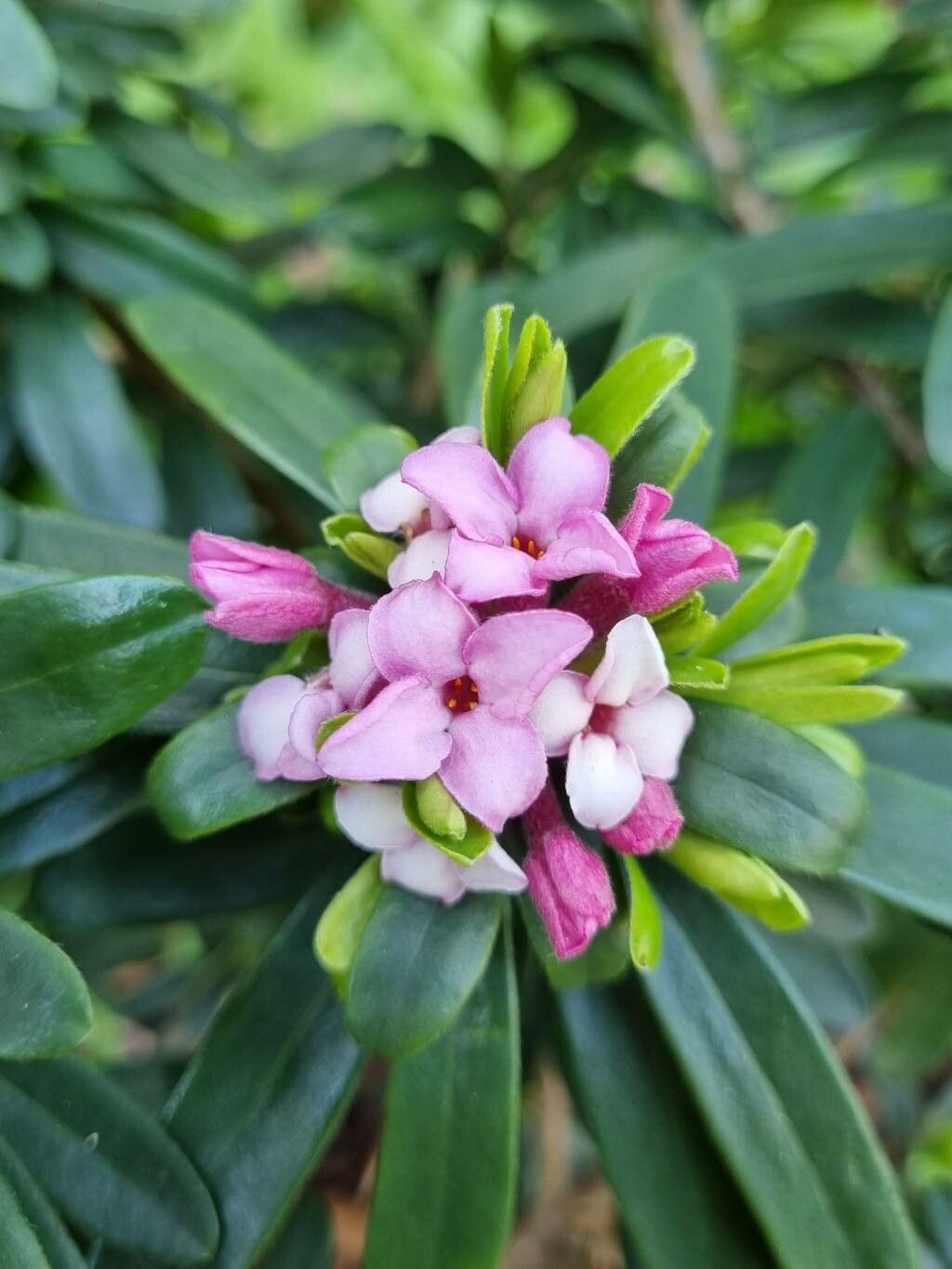Taming the Beauty: A Guide to Propagating Daphne Sericea
Daphne sericea, with its intoxicating fragrance and delicate, rosy blooms, is a coveted garden treasure. This charming dwarf shrub, however, can be notoriously difficult to propagate. Don’t let its finicky reputation deter you! With patience and the right approach, you can successfully multiply your Daphne sericea and fill your garden with its alluring perfume.
Understanding the Challenges
Daphne sericea’s reputation for being a fickle propagator isn’t entirely unfounded. Several factors contribute to this:
- Slow Growth: Daphne sericea is a naturally slow-growing shrub, meaning patience is key when propagating. Don’t expect overnight results!
- Root Sensitivity: This plant dislikes root disturbance, making transplanting a delicate endeavor.
- Low Success Rate: Even with the best care, propagation methods may yield inconsistent results.
The Propagation Methods
While challenging, propagating Daphne sericea isn’t impossible. Here are the most effective methods:
1. Semi-Hardwood Cuttings:
- Timing is Everything: Late summer, when new growth has started to harden, is the ideal time for taking cuttings.
- The Right Cut: Select healthy stems with new growth and cut a 4-6 inch section just below a leaf node. Remove the lower leaves, leaving 2-3 pairs at the top.
- Hormone Boost: Dipping the cut end in rooting hormone significantly increases the chances of success.
- Creating the Perfect Environment: Plant the cuttings in a well-draining potting mix, water gently, and cover with a humidity dome or plastic bag to maintain moisture.
- Patience is a Virtue: It might take 8-12 weeks for roots to develop.
2. Layering:
- A Natural Approach: Layering utilizes the plant’s natural ability to form roots along a stem that is in contact with soil.
- Making the Connection: In spring, select a low-growing, healthy stem. Gently wound the stem by making a small cut or scraping off a bit of bark on the underside.
- Bury and Secure: Bury the wounded portion of the stem a few inches deep in the soil, securing it with a small stake or rock.
- Separation Anxiety: After a year, check for root development. If successful, carefully cut the newly rooted stem from the parent plant and transplant it.
Tips to Maximize Success:
- Well-Draining Soil: Daphne sericea despises soggy roots. Ensure your chosen propagation method utilizes a loose, well-draining potting mix.
- Indirect Sunlight: Place your cuttings or layered stems in a location with bright, indirect sunlight.
- Consistent Moisture: Keep the soil consistently moist but avoid overwatering, which can lead to rot.
- Don’t Give Up: Even with the best care, some cuttings or layers may not take. Don’t be discouraged – keep trying!
Propagating Daphne sericea is a labor of love, requiring patience and a gentle touch. But the reward of successfully multiplying this fragrant beauty is well worth the effort. So, embrace the challenge, follow these tips, and soon, you’ll be surrounded by the captivating scent of your very own Daphne sericea!

